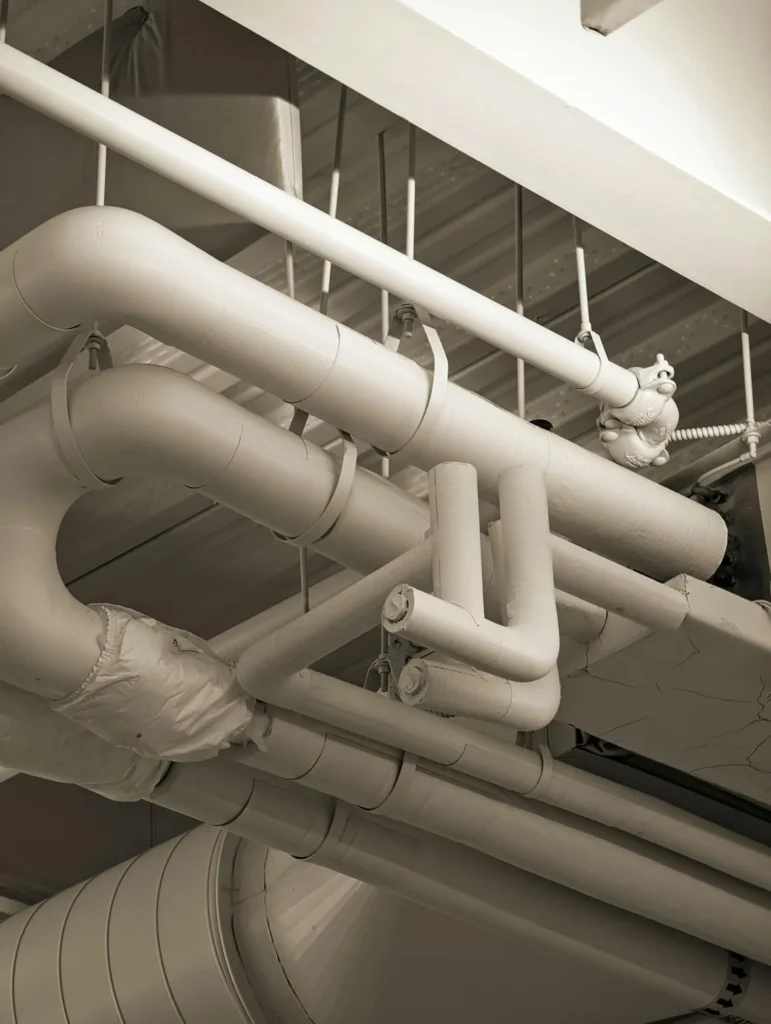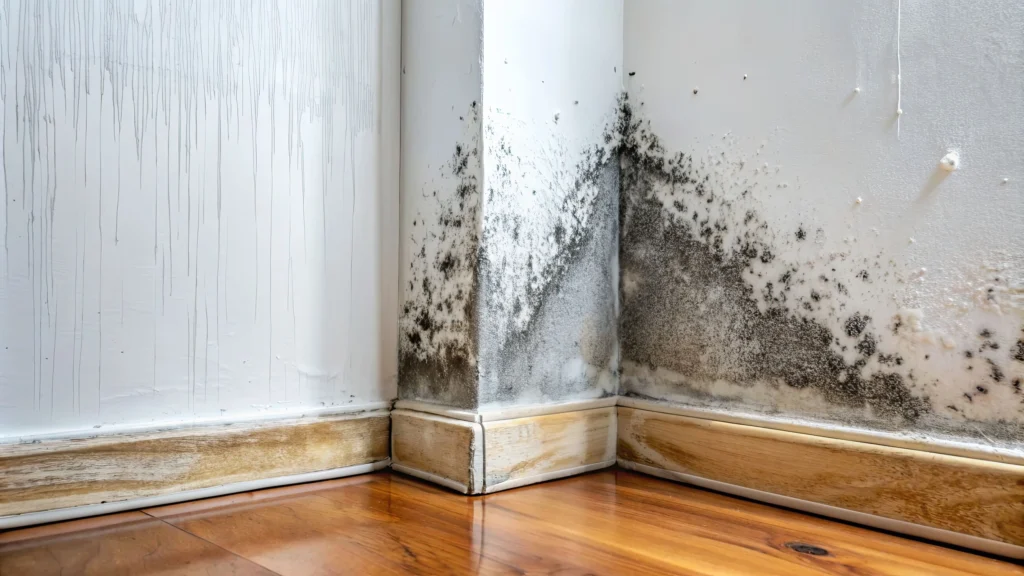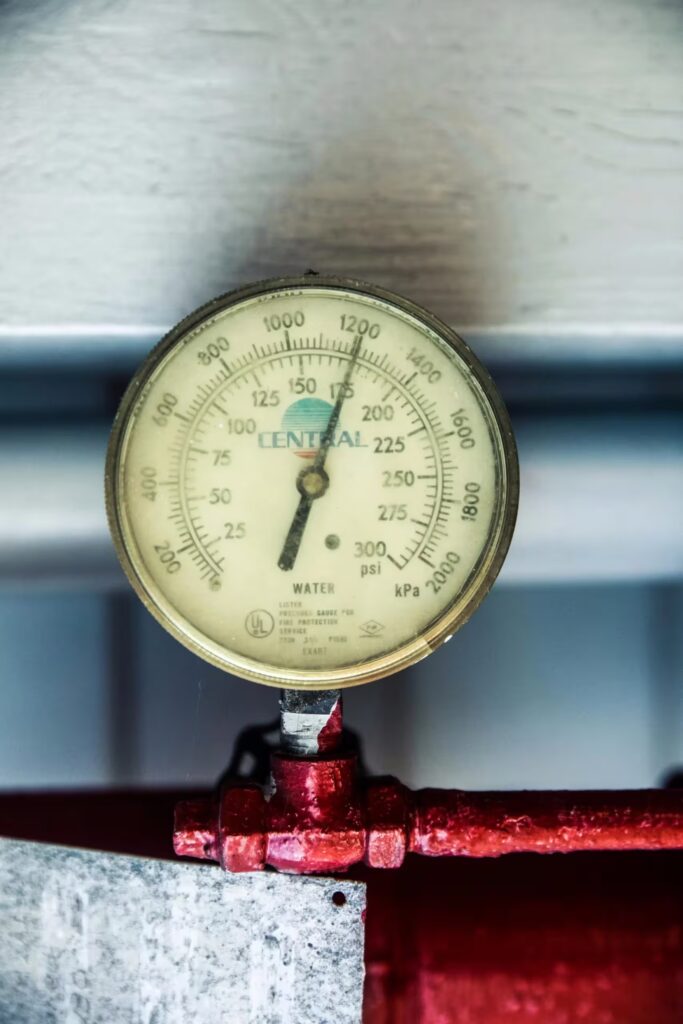Fire safety is not something to take lightly. According to Home Office statistics, fire and rescue services in England attended over 150,000 fires in the year ending March 2023, with more than 26,000 occurring in homes and businesses. The consequences of a fire can be devastating, causing financial loss, emotional distress, the need for fire damage restoration and in worst cases, injury or loss of life.
The good news? Many fires are preventable. By taking proactive steps, you can significantly reduce the risk of fire in your home or business.
Who is responsible for fire safety?
If you own or manage a business property in the UK, you have a legal duty under the Regulatory Reform (Fire Safety) Order 2005 to ensure fire risks are minimised. This responsibility applies to:
- Employers
- Landlords
- Property owners
- Facilities managers
- Building managers
For homeowners and tenants, fire safety is a shared responsibility. Simple precautions can make all the difference in protecting your loved ones and your property.
10 steps to reduce your fire risk
1. Conduct a fire risk assessment
Fire prevention begins with preparation. Regularly assess your property for fire risks, identifying hazards such as overloaded electrical sockets, flammable materials, and obstructed exits. If you manage a business, this is a legal requirement, and your fire risk assessment should be reviewed periodically.
2. Install and maintain smoke alarms
Smoke alarms save lives. UK fire regulations require landlords and business owners to install smoke detection systems, but homeowners should also fit alarms on every floor of their property. Test them weekly and change batteries regularly.
3. Have an emergency plan and train your staff
If a fire occurs, do you and your staff or family members know what to do? Develop a clear evacuation plan, practice fire drills, and ensure everyone understands how to use fire extinguishers correctly.
4. Declutter and keep escape routes clear
Blocked exits and clutter can turn a small fire into a disaster. Keep hallways, fire exits, and stairwells free of obstructions to ensure a swift escape if needed.
5. Maintain electrical equipment and wiring
Faulty wiring and electrical appliances are a leading cause of fires in UK homes and businesses. Regularly inspect and maintain electrical systems, avoiding overloaded sockets and trailing cables. In commercial properties, ensure a qualified electrician carries out periodic inspections.
6. Store flammable materials safely
Flammable liquids and gases should be stored in designated areas, away from heat sources. In businesses that handle chemicals, appropriate safety procedures should be in place to minimise fire risks.
7. Test fire safety equipment regularly
Fire extinguishers, emergency lighting, sprinkler systems, and alarms must be tested routinely. If any faults are detected, repair or replace equipment immediately.
8. Reduce kitchen fire risks
Cooking appliances are a leading cause of household fires. Never leave cooking unattended, keep combustible items away from heat sources, and clean grease build-up from appliances regularly. In commercial kitchens, ensure extractor fans and ventilation systems are serviced frequently.
9. Secure your property against arson
Arson is a real threat, particularly to businesses. Keep bins and combustible materials away from the property, install security lighting, and ensure doors and windows are locked when the premises are unattended.
10. Keep emergency contact details visible
In the event of a fire, rapid response is crucial. Display emergency contact details clearly, including fire brigade numbers, keyholders, and insurance information.
In summary
While fire prevention measures require time and effort, they are far easier to implement than dealing with the consequences of a fire. Investing in fire safety is an investment in peace of mind.
At Ideal Response, we have been helping businesses recover from fire damage for over 20 years. If you need expert guidance on fire safety or fire damage restoration, contact us today for a free consultation.





















